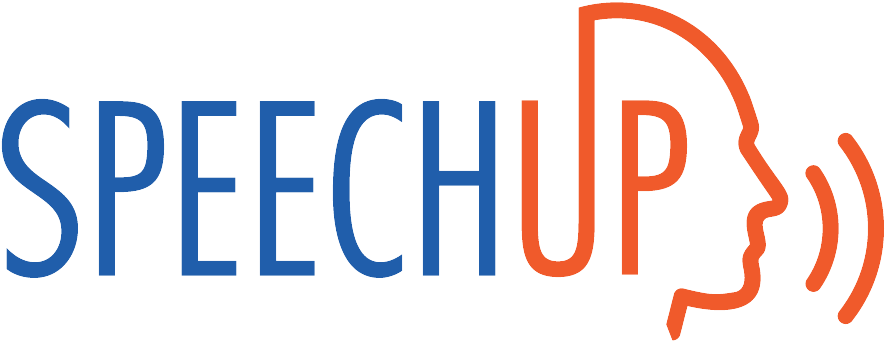ONLINE SPEECH THERAPY
Accent Modification Speech Therapy
Convenient & Effective Speech Therapy


ABOUT ACCENTS
What is an accent?
Everyone has an accent, whether they realize it or not. An accent is a unique way of speaking that can vary from person to person. There are two main types of accents:
Regional Accent: This type of accent is shared by people within the same country, state, or geographical region. For example, someone from New York might sound different from someone in Louisiana, even though both are from the United States.
National Origin Accent: This accent originates from different countries. For instance, English spoken by someone in the United States will sound different from English spoken by someone in Australia. This applies to all languages—for example, Spanish spoken by someone from Spain will differ from Spanish spoken by someone in Argentina.
REASONS FOR ACCENT MODIFICATION
Why do people choose to change their accent?
Many people consider changing their accent for various reasons, both professional and personal. Here are some common motivations:
- Difficulty being understood, leading to frequent repetition.
- Public speaking requirements in certain careers.
- The need to communicate effectively at work or with loved ones.
- Listeners focusing more on the accent than the content of what is being said.
- Negative perceptions from others based on one’s accent.
It’s important to understand that accent modification services are voluntary. An accent is not considered a speech disorder, but rather a speech difference. Therefore, these services aim to address personal or professional goals rather than treating a disorder.
ACCENT MODIFICATION BENEFITS
How can speech therapy help reduce or modify accents?
Speech therapy can help modify or reduce an accent, often with the guidance of a native speaker. For non-native speakers, it can be challenging to identify which speech sounds are different and how to produce them correctly to sound more like a native speaker. They might also struggle with knowing how to adjust their articulators (like the tongue and lips) to make these sounds.
A speech-language pathologist can help with:
- Learning how to position the articulators to produce specific speech sounds.
- Understanding the differences in speech sounds between languages.
- Identifying how someone produces sounds in their native language versus a new language.
While an accent may not completely disappear, especially not after just a few sessions, speech therapy can help pinpoint the differences and make you sound more like a native English speaker.
ACCENT MODIFICATION EVALUATION
How does a speech therapist evaluate your accent?
Although an accent is considered a speech ‘difference’ rather than a ‘disorder,’ a speech-language pathologist might evaluate it in a similar manner to a speech disorder. However, the diagnosis and approach would differ. Here’s what the process might look like:
Gathering Background Information: The speech-language pathologist would ask about the person’s first language, the age they started learning English, and any other languages they speak. This helps the therapist understand which speech sounds to focus on.
Evaluation: The pathologist might use a specialized evaluation for accents that compares the individual’s speech to typical English pronunciation. This helps identify specific speech sounds that differ, allowing the therapist to set targeted goals for therapy. The evaluation might cover aspects like sound production, rhythm/intonation, conversational speech, intelligibility, and the impact on daily life.
ACCENT MODIFICATION PROCESS
What does accent modification look like?
Accent modification varies from person to person, depending on their unique needs. Here are some common strategies used in speech and language services:
Imitation: The therapist demonstrates how to produce certain speech sounds, and the individual practices mimicking these sounds.
Phoneme Recognition: This technique helps individuals identify and produce speech sounds that differ from those in their native language.
Visualization: Some people find it helpful to visualize how speech sounds are formed in the mouth and throat.
Recordings: By recording their speech and listening to it, individuals can identify and work on sounds they’re struggling with.
Production Drills: The therapist might select specific words, phrases, or sentences for practice to help improve accuracy in speech sounds.

